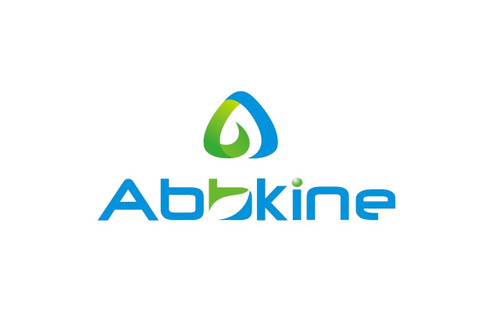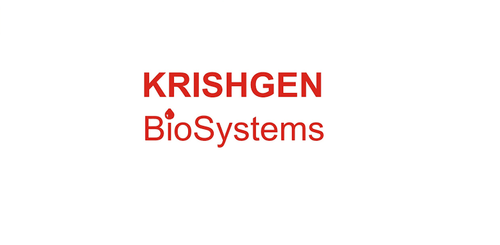Product Description
Human Protein S100-A7A (S100A7A) ELISA Kit | AE20897HU | Abebio
Species Reactivity: Human (Homo sapiens)
Abbreviation: S100A7A
Alternative Name: NICE-2; S100A15; S100A7L1; S100A7f; OTTHUMP00000015325|S100 calcium binding protein A15|S100 calcium binding protein A7-like 1
Application: ELISA
Range: 0.312-20 ng/mL
Sensitivity: 0.113 ng/mL
Intra-Assay: ≤4.3%
Inter-Assay: ≤7.5%
Recovery: 0, 97
Sample Type: Serum, Plasma, Other biological fluids
Detection Method: Sandwich
Analysis Method : Quantitive
Test Principale: This assay employs a two-site sandwich ELISA to quantitate S100A7A in samples. An antibody specific for S100A7A has been pre-coated onto a microplate. Standards and samples are pipetted into the wells and anyS100A7A present is bound by the immobilized antibody. After removing any unbound substances, a biotin-conjugated antibody specific for S100A7A is added to the wells. After washing, Streptavidin conjugated Horseradish Peroxidase (HRP) is added to the wells. Following a wash to remove any unbound avidin-enzyme reagent, a substrate solution is added to the wells and color develops in proportion to the amount of S100A7A bound in the initial step. The color development is stopped and the intensity of the color is measured.
Product Overview: The human calcium-binding protein (hS100A15) was first identified in inflamed hyperplastic psoriatic skin, where the S100A15 gene is transcribed into two mRNA splice variants, hS100A15-S and hS100A15-L. In cultured keratinocytes, IL-1beta and Th1 cytokines significantly induced hS100A15-L compared with hS100A15-S. In contrast, Th2-derived cytokines had no influence on the expression of either hS100A15 splice variant. Differentiation of human keratinocytes induced by 1.2 mm calcium resulted in the upregulation of both hS100A15 mRNA isoforms. Overexpression of hS100A15 in chronic inflammatory skin diseases and regulation by inflammatory cytokines and calcium suggest that hS100A15 is involved in Th1-associated epithelial responses and epidermal maturation in normal and diseased human skin.
Stability: The stability of ELISA kit is determined by the loss rate of activity. The loss rate of this kit is less than 5% within the expiration date under appropriate storage condition. The loss rate was determined by accelerated thermal degradation test. Keep the kit at 37°C for 4 and 7 days, and compare O.D.values of the kit kept at 37°C with that of at recommended temperature. (referring from China Biological Products Standard, which was calculated by the Arrhenius equation. For ELISA kit, 4 days storage at 37°C can be considered as 6 months at 2 - 8°C, which means 7 days at 37°C equaling 12 months at 2 - 8°C) .
 Euro
Euro
 USD
USD
 British Pound
British Pound
 NULL
NULL












